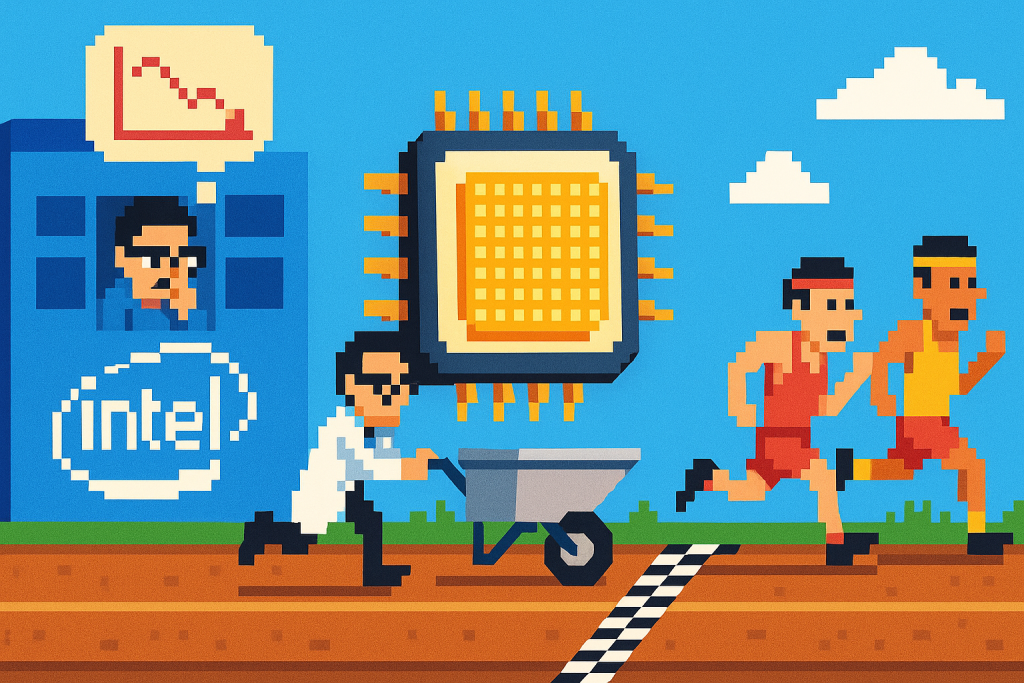Apple (AAPL) Options Trade: Exploiting Post-Earnings IV Compression and the iPhone 17 Catalyst
Wait until after tomorrow's (Oct 30) earnings, then enter a ratio call spread (buy 2x Dec $260 calls, sell 3x Dec $270 calls) for ~$400 credit when IV crushes to 23-24%. The edge: IV at 34th percentile will likely expand back toward its median (28-30%), generating 50-80% returns with max profit at $270. Downside capped at $256, but unlimited upside risk above $283 requires active management. Massive institutional call wall at 280-320 validates the bullish thesis on iPhone 17 strength and China recovery.










